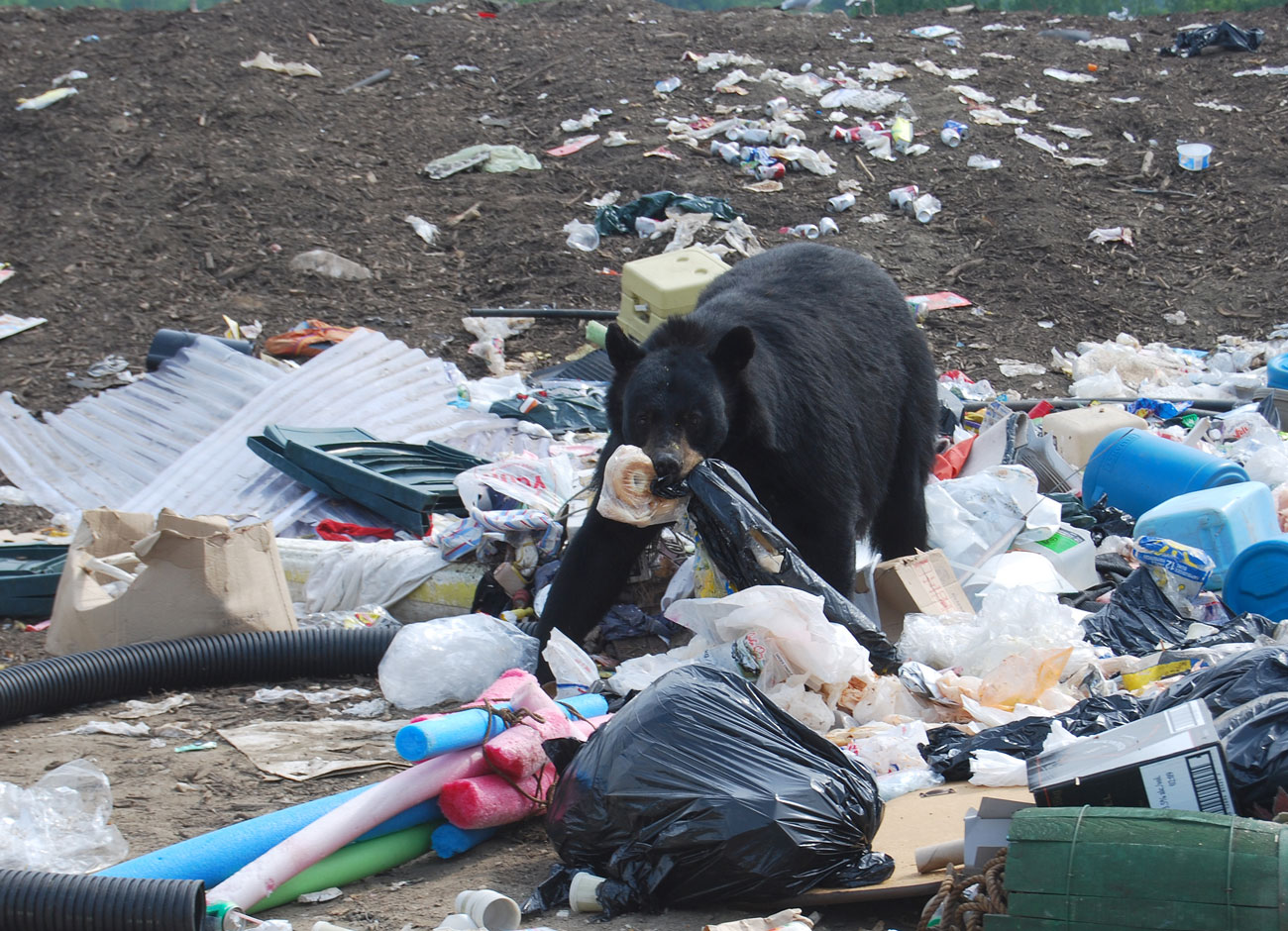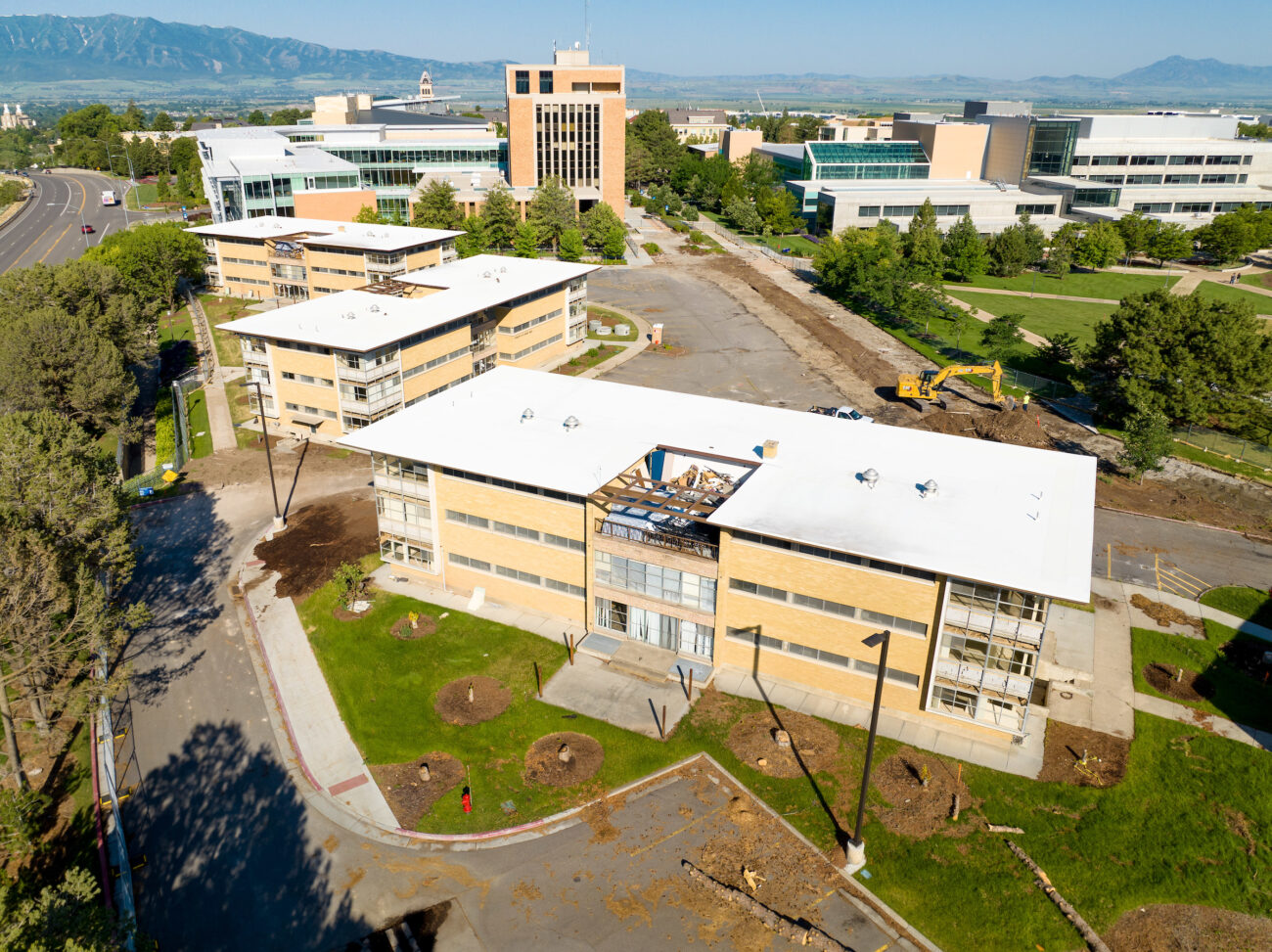Learning to Live With Wildlife

The unprecedented drought of this past year has had both short-term and far-reaching effects.
Lawns browned, plants withered, and ecosystems and wildlife remain stressed.
Wildfires, as a consequence of drought, are now forcing more wildlife into smaller spaces. If humans also share these spaces, the chances for human-wildlife conflict become magnified. Just as humans must learn to adapt to changes in water availability during a drought, so must wildlife. Less water means less available habitat for them. Because Utah is home to a large number of wildlife species, prolonged drought can create a perfect storm for increased human-wildlife conflict.
According to Terry Messmer, Utah State University Extension wildlife specialist, as deer, cougars, bears, raccoons, snakes, and other wildlife search for food and cover during a drought, they may travel farther than usual into developed areas in search of “green groceries” that are key to their survival.
“This may also make wildlife more susceptible to diseases, predation, and accidents as they are forced to compete with other animals and humans,” he says. “Deer, elk, moose, bighorn sheep, pronghorn, and wild horses may forage closer to roadways, making them more prone to collisions with vehicles. And with fewer berries and acorns available, bears will eat garbage, grease from barbecue grills, birdseed, and sugar water from hummingbird feeders. Raccoons and skunks may seek out garden vegetables and pet food.”

Messmer says less water also means less cover for wildlife such as deer and pronghorn fawns, ducks, and grouse, making them more vulnerable to predators.
Research suggests households in the United States are experiencing more problems with wildlife each year. Overabundant wildlife populations, particularly in the urban-wildland interface, cause a multitude of problems, including residential damage, deer/vehicle collisions and disease.
“COVID-19 is a zoonotic disease that jumped from wildlife to an intermediate host and to humans,” Messmer says. “There are an estimated 1,400 zoonotic diseases that may affect humans. Because interactions between people, animals, plants, and our environment have dramatically changed, initiatives that engage communities in increased awareness will be required to mitigate zoonosis risks to humans.”
Regarding wildlife damage to property, Messmer says in the past, agricultural producers have borne the financial brunt of the damage.Research published by the Berryman Institute, a national organization based in the Department of Wildland Resources at USU the goal of improving human-wildlife relationships, reports that the time and cost to urban residents to manage the damage caused by wildlife is increasing.
Urban households reported a mean loss of $63 per household, or $1.9 billion total, because of wildlife damage. Urban residents also reported spending 260 million hours trying to solve or prevent problems with wildlife in and around their property. At the same time, the interest in attracting wildlife to their homes is equally as high, with a reported $3.6 billion in spending and 1.3 billion hours in time spent encouraging wildlife around their homes. Even given the risk of damage, these residents still place a high value on interacting with wildlife.
Messmer says one program explicitly established to help with these challenges and educate individuals and communities about living, working, and safely recreating in wildlife habitats is Wild Aware Utah. The program was established through Utah’s Hogle Zoo, the Utah Division of Wildlife Resources, and USU Extension to provide simple guidance and direction for Utah communities and people. The program provides three messages: be aware of and learn about Utah wildlife; share with and respect the wild and change your behaviors if needed; and care for the wild by taking action, coexisting safely, and helping wildlife stay wild.
By Julene Reese ’88
Tips For Living Responsibly With Wildlife
While drought conditions often increase interactions between humans and wildlife, conflicts can be prevented by simply being mindful of your actions and surroundings. Messmer offers these tips to live responsibly with wildlife.
- Store garbage, pet food, and horse and livestock grain inside.
- Dispose of garbage regularly and wash trash cans to reduce odors.
- Clean grills after each use to reduce grease and odors and store them inside a garage or building.
- Regularly clean areas under bird feeders. If bears are a problem in your area, consider removing bird feeders until winter.
- Clean up fallen or rotting fruits and vegetables, as they can attract bears, raccoons, and skunks.
- Overgrown lawns and yards may provide cover for rodents and other animals, which may, in turn, attract larger predators.
- Remember that good fences make good wildlife.
- Contact local law enforcement officials if you encounter wandering wildlife such as bears, cougars, deer, and venomous snakes in parks or other public-use areas. Officials can then post warning signs to alert others of potential risks.
For more information and tips, visit WildAwareUtah.org.





